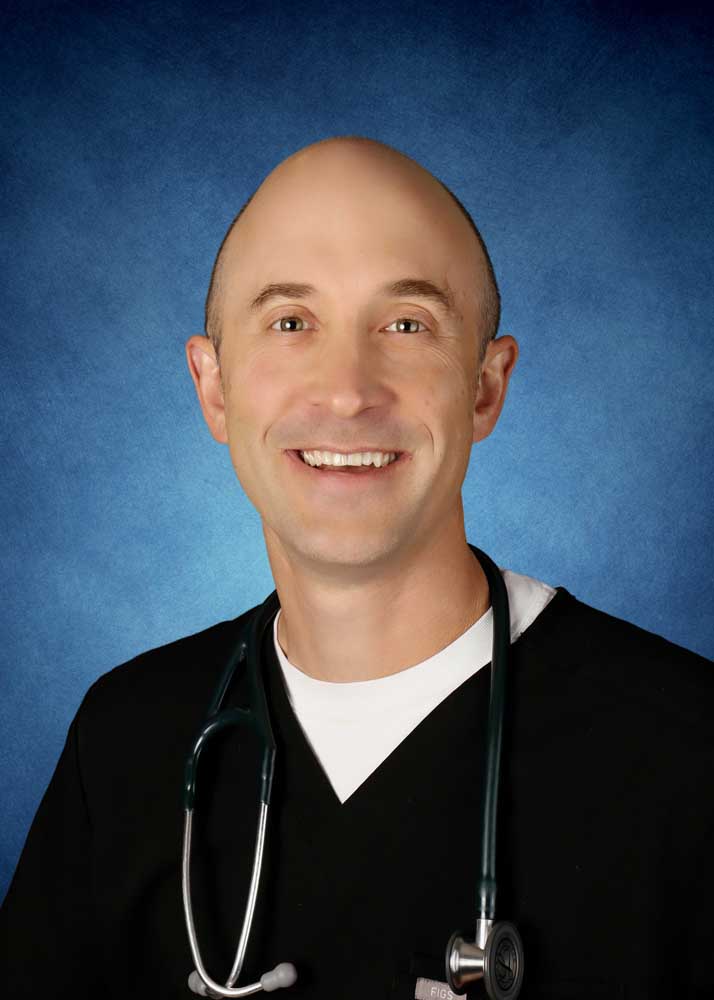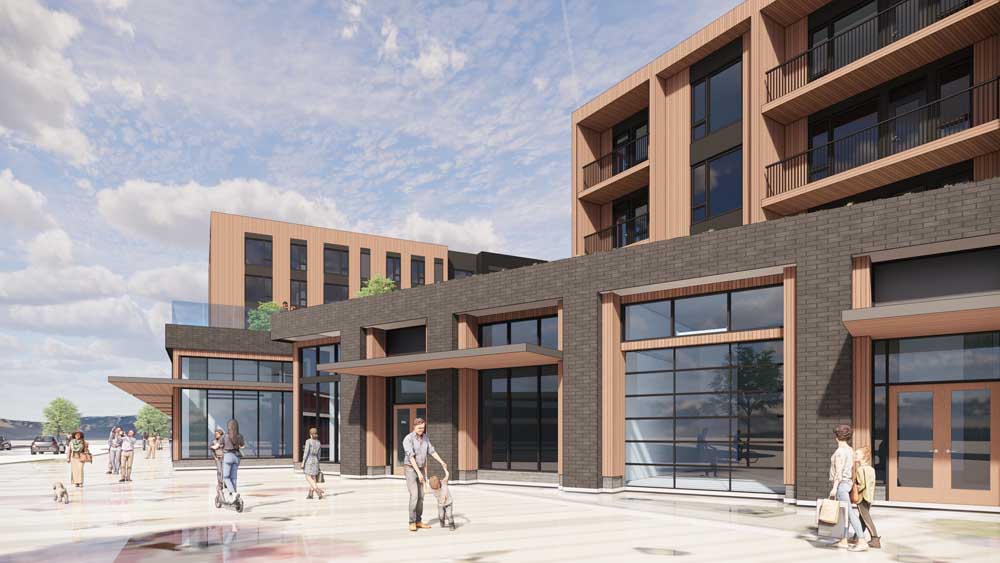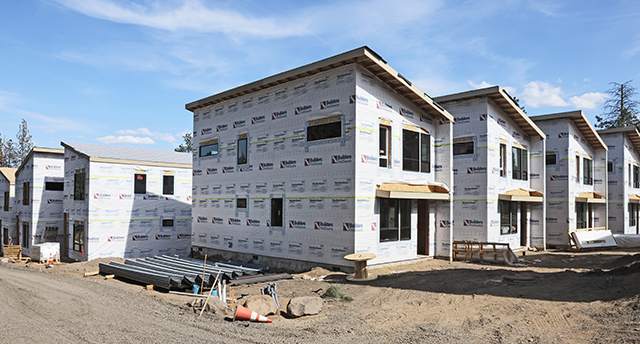Guest Column: How can we reduce falls in senior homes
Published 9:00 pm Thursday, May 30, 2024

- Tatom
In its May 9 edition, the Bulletin featured an article from The Washington Post under the headline, “When residents fall in some senior homes, staff call 911 to pick them up.” While fire and EMS professionals are generally happy to provide these “lift assists” as a free service to members of their community, it can feel like an undue burden when such calls are repeatedly made from corporate facilities.
As a former paramedic, I can sympathize with the frustration expressed by first responders. And as an elected director of Deschutes Rural Fire Protection District #2, which jointly funds Bend Fire & Rescue with the city of Bend, I feel a responsibility to our taxpaying constituents as well as to the men and women serving in the department to ensure our resources are used appropriately. So, I was curious to know the extent that local facilities call 911 for lift assists.
According to data provided by Drew Norris, Deputy Chief of EMS, Bend Fire responded to 125 calls for lift assists at the city’s 20 largest care facilities in 2023. While this represents less than 1% of the department’s total call volume, lift assists have increased more than 70% since 2018. Fortunately, most of that increase occurred before 2021, and calls for lift assists have held steady since. Chief Norris credits this to the department’s collaborative and proactive approach in providing education to facility staff on the appropriate use of EMS.
As reassuring as that is, the data on falls more generally is alarming. A fall can only be coded as a “lift assist” if the patient has no complaint. If they report an injury, or if they report symptoms such as palpitations or dizziness leading up to the fall, then the patient needs a more thorough evaluation at the hospital. Such falls are a leading cause of death and disability among older adults, and those injured in a fall are at significantly higher risk of dying within a year. Not only is this devastating for the patients and their families, but it costs the U.S. health care system more than $50 billion annually.
Last year, Bend Fire responded to 525 falls at Bend’s 20 largest care facilities, a 60% increase since 2018. And unlike lift assists, this increase shows no sign of leveling off; falls at these facilities have increased every year since 2019. Falls at just two facilities, both owned by the Beaverton-based Touchmark corporation, accounted for 79 falls — and another 50 lift assists — in 2023 alone. This may reflect Touchmark’s size more than the quality of care, as Touchmark is generally regarded by health care professionals as among the highest quality facilities in Bend. Still, the numbers are concerning.
Of course, the increase is not unique to care facilities. There has been a 54% increase in calls for falls overall since 2018, and it seems reasonable that people who choose to live in an assisted living facility may be frailer, and thus at higher risk of injury from a fall, than people living independently. On the other hand, residents of assisted living communities are usually protected from common causes of falls like an icy driveway, slippery rugs, and poor lighting.
There is good news on the horizon. Jennifer Neahring is a palliative care physician and a tireless advocate for fall prevention. For the past seven years, Dr. Neahring has been championing the Otago Exercise Program (OEP), which involves a physical therapist training small groups on strengthening and balance exercises. Named for the University of Otago in New Zealand, where the program was developed in the 1990s, OEP is recognized by the Centers for Disease Control as an evidence-based program that can reduce falls by 35%.
Next month, Dr. Neahring will launch her first Otago pilot project. Her partner in this project? Touchmark.
We should all be rooting for their success.
Do you have a point you’d like to make or an issue you feel strongly about? Submit a letter to the editor or a guest column.







